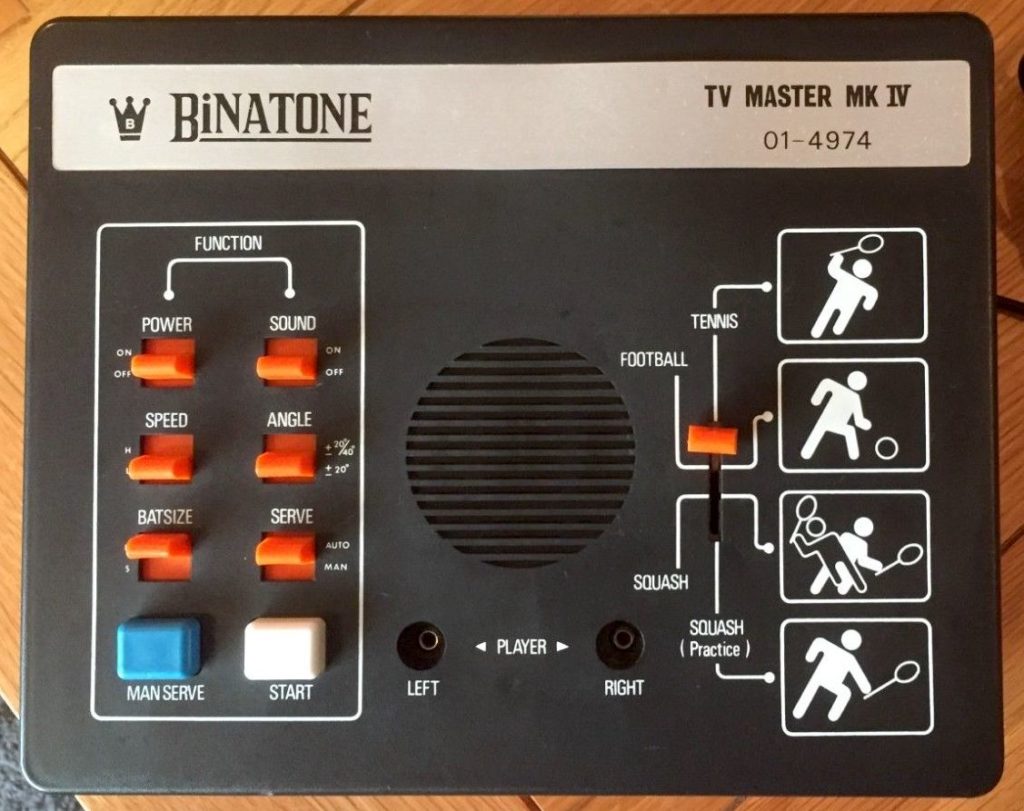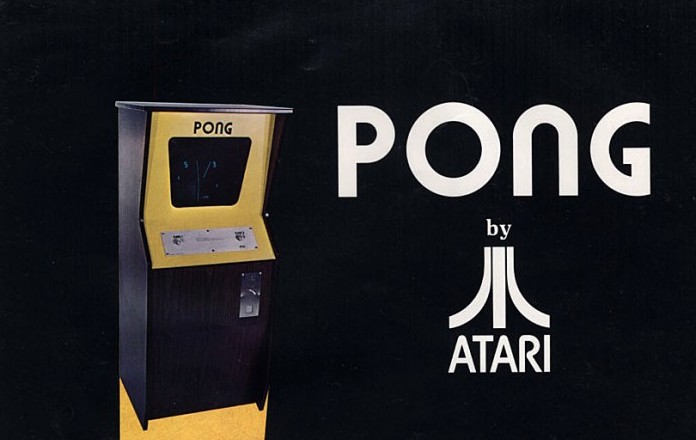Let’s face it, when it comes to video games you can’t get much simpler than Pong. It’s a game involving two vertical sticks; a square ball that bounces off those sticks; and a couple of numbers for keeping score. The whole game screams simplicity.
So it will probably come as quite a shock to hear that Pong is a bit more advanced than you remember.
For many of you reading this, your first encounter with Pong will have been on a TV screen via a very early console system; usually a Grandstand or Binatone system if you’re from the UK. These systems emulated the general idea of Pong but lost some of the mechanics that made it such a skilled game.
As I mentioned in my review of the Pong arcade game over on the GameHammer YouTube channel, Pong is a surprisingly skilled game. The Golden Rule of arcade games is that the game must be simple to pick up and hard to master, which Pong exemplifies but its clones don’t always manage.
Early Pong consoles often miss out the key part of Pong: its original mechanics. The premise is simple to replicate for a clone console: you turn a dial on a controller and the on-screen paddle move up or down depending on which direction you turn the dial in. That seems like everything you need to know to build a Pong clone, right?
Wrong. Pong‘s controls had weight to them. The dials you turn to move the paddle weren’t built on a one-to-one system where turning the dial instantly moves the paddle. Those controls turned well enough but the paddle moved surprisingly slowly compared to the clone consoles.

This means Pong has two advanced features that are often missing from its clones. You need to know when to move your paddle; which takes skill. You also need to know where to place the paddle on the screen to get the best rebound to make your opponent miss the ball; which also takes skill – a surprising amount of skill.
Pong clones often miss this out. With the clones, a game often turns into a test of reflexes. It comes down to how fast you can spin that controller to make sure you hit the ball back toward your opponent. You can’t do that in the original Pong, you’ll either not spin the dial far enough, so you will miss the ball, or you’ll spin it too far and see your paddle float right past the point you need to be on screen.
Pong requires skill to play well. The clones often didn’t. It also helps that Pong‘s on-screen paddles were usually a lot smaller than you might remember; especially if you know the game from the home console versions. This makes precise placement of the paddles a lot more of a test of skill; because it’s easy to mis-judge your placement and miss the ball by a pixel or two.
So next time you have some spare time, why not pull up a game of Pong and give it a try? It might just surprise you with how skilled you need to be for this simple old game – which isn’t quite as simple as you might remember.
